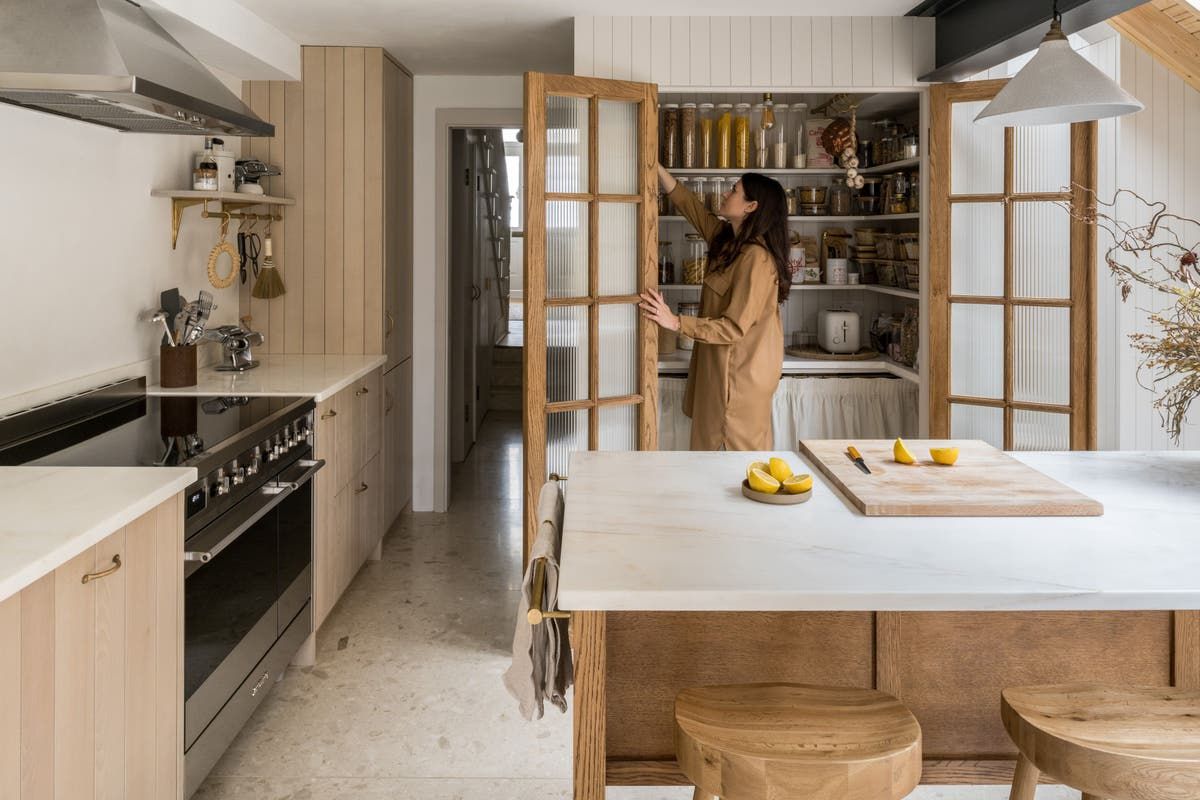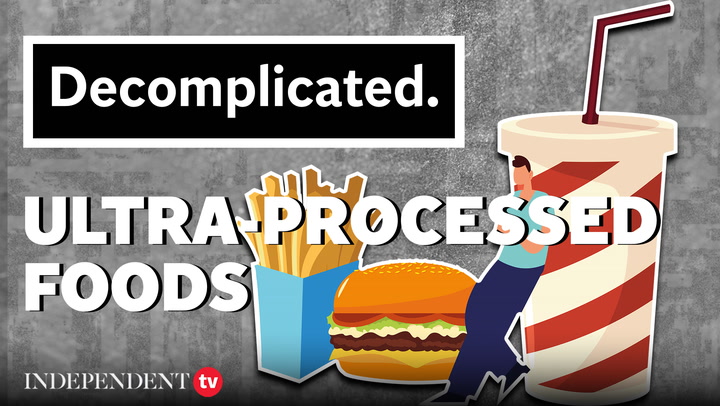When you are looking to transform your home, one of the first things that comes to mind is the kitchen; After all, it is the room in the house that gets the most work done.
And with sustainability high on the agenda, eco-friendly options are likely to make the cut.
In fact, according to the latest kitchen trends survey by home design and renovation platform Houzz, it's an overwhelming priority for homeowners, with the vast majority incorporating sustainable features during their renovation (93%).
Interestingly, the majority do it for long-term profitability (75%). So how do you approach your kitchen renovation in the most sustainable way?
Because it is important
“A kitchen renovation is often a big project,” says Amanda Pollard, senior editor at Houzz. “Significant amounts of waste are likely to be generated and will involve choosing numerous different materials and elements, all of which will have an impact on the environment.”
The kitchen industry consumes a lot of virgin raw materials to produce all the different items, such as wood products for cabinets, metals for appliances and stone for countertops, explains Mark Byers, director of Oliver Green Kitchens.
“Fortunately, the industry has reacted to the high demand for raw materials by embracing recycling,” says Byers. “But consumers also have a role to play in making good material choices when replacing or updating their kitchen.”
As Felicity White, director of Felicity White Interiors, points out: “Kitchen renovations are often the most expensive area of the home to renovate, so creating a kitchen that will stand the test of time is also important financially. “.
Top things to think about
“There are three things to consider when choosing materials,” Byers points out. “The first is whether it contains any recycled content, the second is its durability and the third is its end of life.”
Manufacturers play an important role in producing items that incorporate recycled elements, but we as consumers should ask ourselves how much recycled material, if any, is used in a product, Byers advises.
Second, considering the durability of items means not purchasing products based solely on price. “Cheaper products often end up costing more over time because they simply don't last,” Byers says.
“Unfortunately, the cheapest products are also the least likely to incorporate recycled material and often cannot be easily recycled,” Byers notes. “Therefore, being able to recycle, refurbish or reuse products when they are no longer used is an important final consideration,” she adds.
One of the first questions we ask our clients is whether they can keep anything from their old kitchen, says White. “Sometimes the cabinet shells are well constructed and it's a matter of replacing the cabinet fronts and handles, or even wrapping the cabinet fronts to avoid throwing them away.”
However, if you are planning a complete renovation and the existing kitchen is in good condition, he says it is also possible to sell it through second-hand kitchen suppliers, such as Rehome.”
What materials are best?
White says that you have to go for natural materials. “For cabinets and door fronts, FSC wood and plywood are better options than the particle board or MDF options typically found at big box kitchen retailers.”
“With proper construction and treatment, natural wood can last longer as it is stronger and can be repaired, while engineered wood cannot. Faux wood can also contain high levels of formaldehyde, which can be unpleasant if released into the air, he adds.
One material that should be used less or not at all is MDF, warns Byers. “As it is difficult to recycle, most end-of-life MDF products are used as fuel, releasing carbon and other [unpleasant] chemical substances into the atmosphere.
“Laminate countertops aren't very good either,” he notes. “It is not surprising that both products are widely used in the cooking industry because they are cheap. As a general guide, the best products to use are those that can be recycled and used in new products or can be renewed or reused.”
When choosing materials for your new kitchen, Houzz experts advise researching where the item comes from, how it was made and what it contains, says Pollard. “It's also best to source items as locally as possible and keep chemicals to a minimum.”












